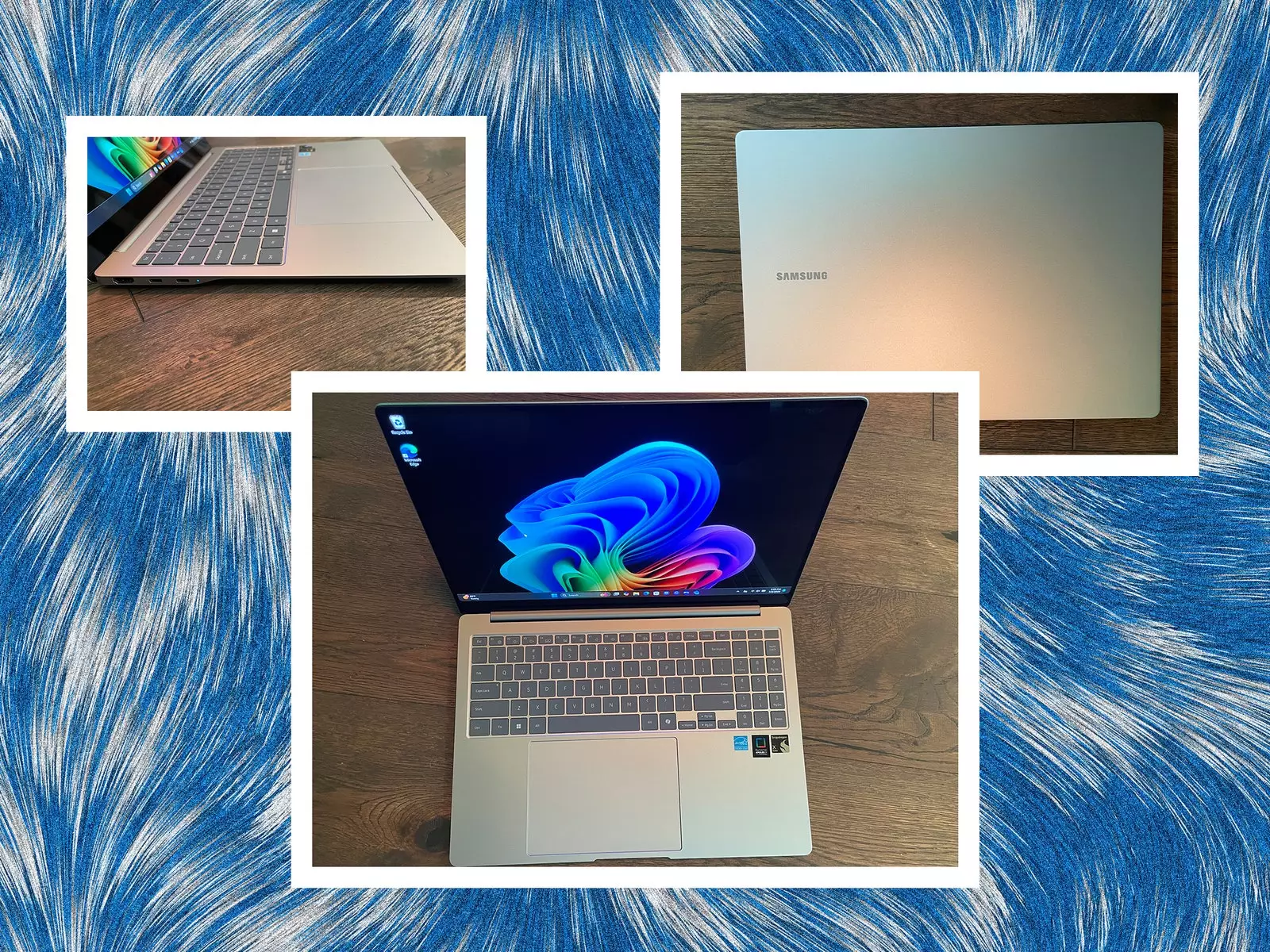As the technological landscape continues to evolve, Copilot+ PCs emerge as noteworthy contenders in the realm of personal computing. Designed to leverage the low power consumption advantages of ARM CPUs, these devices are quickly attracting attention due to their impressive performance on general business applications, such as Microsoft Office and web browsers. However, while their benchmarks often exceed those of Intel and AMD counterparts at similar price points, the complexities of application compatibility pose a significant challenge.
One of the standout features of Copilot+ PCs lies in their exceptional battery life, a direct consequence of the efficient ARM architecture. Users can traverse their daily tasks with ease, often benefiting from prolonged usage without frequent recharges. Their power efficiency, combined with impressive computational capabilities for standard productivity tasks, makes them an appealing choice for users prioritizing longevity and general performance for tasks like word processing and web browsing.
As benchmarks suggest, these machines consistently outperform their x86 counterparts in similar pricing tiers, which may tempt buyers who value operational speed over resource-intensive functionalities. Yet, it’s crucial to recognize that extensive gaming or demanding applications may not yield the same results. The Snapdragon chipsets embedded in these PCs lack the power needed to excel in graphics-intensive scenarios, which begs the question: who is the ideal user for Copilot+ PCs?
The most significant barrier to the widespread adoption of Copilot+ PCs relates to compatibility issues rooted in the transition from x86 to ARM architecture. The Windows operating system, historically entrenched in x86 by decades of development, necessitates a reworking of its codebase to accommodate ARM. While Microsoft has made strides through its Prism emulator—which enables some form of cross-architecture functionality—gaps remain. Many applications in the vast marketplace either don’t run on ARM or suffer drastic performance drops when emulation is employed.
It’s evident that the general user seeking a seamless experience might encounter compatibility conundrums as they venture beyond standard applications. Issues abound even in popular software suites, where mainstream applications like Google Drive for Desktop have yet to find reliable ARM support. Furthermore, benchmarks traditionally used to evaluate Windows systems encounter similar challenges, complicating the task of making fair comparisons with x86-based machines.
For gamers and professionals engaged in graphics-heavy workloads such as video editing, Copilot+ PCs may fall short. The integrated GPU linked to Snapdragon chipsets has been consistently criticized for underperformance relative to dedicated GPUs in Intel and AMD systems. This omission restricts artistic professionals and gamers from harnessing the full potential of their creative or recreational aspirations, effectively sidelining a critical segment of the market.
While future iterations of Copilot+ PCs may integrate Intel and AMD chipsets, alleviating many of the ARM-specific compatibility hurdles, potential buyers should approach these products with realistic expectations about power and performance tailored for casual or moderate use cases.
Amidst the technical challenges, Copilot+ PCs showcase some intriguing artificial intelligence features, such as Live Translate, which has received favorable feedback as a genuinely beneficial innovation. However, as the tide of technological advancement rises, features like Recall cast shadows of doubt. Users grapple with the balance between convenience and privacy, pondering whether the benefits outweigh potential concerns about data tracking.
As these PCs continue to evolve, it will be paramount for their features to maintain relevance in practical application rather than dissolve into novelty.
In evaluating Copilot+ PCs, it is essential to analyze them through the lenses of performance, battery life, and the implications of ARM architecture. Acknowledging the strengths of these devices, such as extended battery performance and decent productivity metrics, we must also recognize their limitations concerning software compatibility and graphics performance. The nuanced consideration of user needs will ultimately determine the reception of Copilot+ PCs in an increasingly competitive marketplace. Users looking for basic computing tasks at reasonable prices may find satisfaction, while those requiring more may need to seek alternatives or remain cautious about their investment.


Leave a Reply